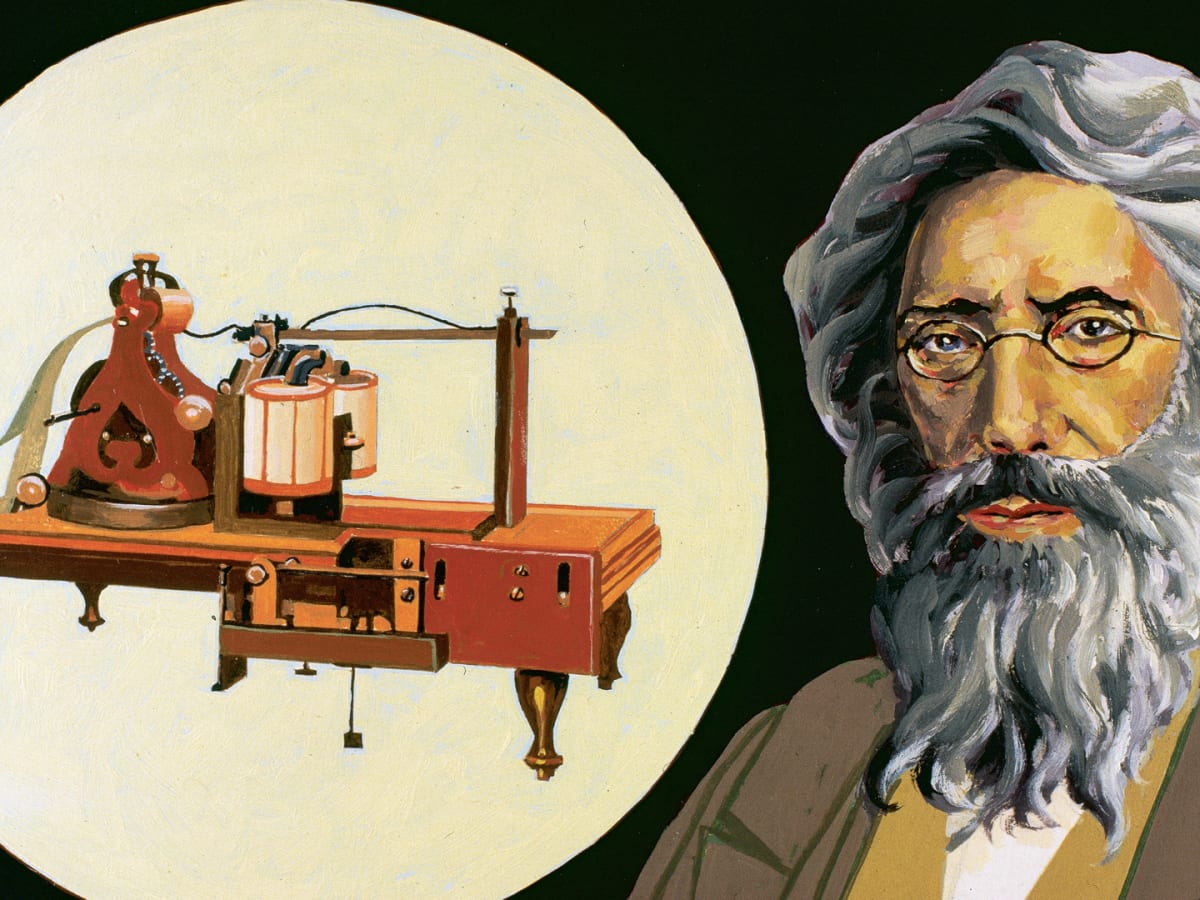The first iteration of what would later become the electric telegraph was created by Samuel Morse in 1838. Shortly after the prototype’s invention, which used only a single wire, Samuel Morse demonstrated the new technology Speedwell Ironworks in Morristown, New Jersey. Alfred Vail, also an inventor, conducted the demonstration with Morse.
They communicated via Morse code, a method of communication that utilizes dots and dashes to represent letters and numbers. Later, Vail would be instrumental in the telegraph’s development—from prototype to final product—and commercialization which ultimately revolutionized communication in the United States.
A telegraph allows for communication by sending encoded messages through a wire in the form of electrical impulses. Morse began formulating his idea for the electric telegraph in 1832, not long after the discovery of the electromagnet. At the time, other inventors were considering similar ideas; albeit, those on the cusp of invention didn’t necessarily realize they were working on developing the same concept.
In 1843, eleven years after the duo’s first demonstration, Samuel Morse was able to convince Congress to take a chance on the invention and fund the construction of a telegraph wireline, the first of its kind to be built. It spanned from Washington D.C. to Baltimore, and on May 24, 1844, the first telegram was sent by Morse himself. The message was one line: “What hath God wrought!”
The popularity and widespread use of the electric telegraph extended into the middle of the 20th century, only tapering off once other forms of telecommunication began to take its place.

